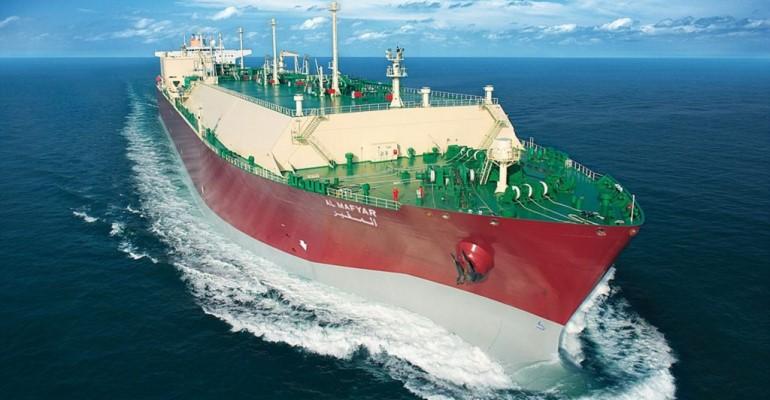The cost of fuel reflects the most immediate impact on shipping of the conflict. However, in the weeks ahead, analysts predict a broad fallout from Russia’s aggression which has generated widespread condemnation and protests too from ordinary Russian people.
The bunker price hikes did not mirror the leap in spot crude prices which saw Brent breach $105 and West Texas Intermediate flirt with $100 yesterday, increases of around 8%. Global average bunker prices across 20 bunkering ports, compiled by Ship&Bunker, clocked the price of very low sulphur fuel oil (VLSFO) yesterday at $774, up almost 3% on Wednesday’s $752 figure. Conventional heavy fuel oil (HFO) prices rose by a similar margin, with the 20-port average climbing to $597.
However, the averages disguised marked regional differentials. VLSFO prices in Rotterdam shot up 4.5% to hit $731.50, but only 2.3% in Singapore, settling at $769. Corresponding HFO prices rose by close to 6% in Rotterdam, ending up at $559, but climbed 3.6% in Singapore, to $597.
Spot oil prices at 1000 hrs London time on Friday morning had eased back, with Brent pitched at about $100 and West Texas Intermediate at $93.50. However, these are still the highest energy prices since 2014 and reflect an increase of more than 60% since February 2021 when the average price of Brent crude was $62.
Meanwhile, amid increasingly hostile tit-for-tat moves by Russia and its NATO opponents, LNG prices are set to rise significantly, some say dramatically. Europe relies on Russia for about a third of its gas. Experts point out that there may be some scope to import more gas from the US and other producers in the Middle East, for example, but not on a scale that will compensate.
The result should prove beneficial for owners of LNG tankers that are not already committed on long-term contracts. Vessels trading spot or short-term are likely to benefit from very high rates in the months to come, and possibly longer. Moreover, there is almost no scope to raise LNG tanker supply before the middle of the decade because specialist builders are fully booked.
Then there is the thorny issue of food prices. Between them, Russia and Ukraine produce about 30% of the world’s wheat and about a fifth of its corn. Disruption to the supply chain could produce extra tonne-miles for bulk carrier owners but will inevitably mean higher food prices. This development follows a spell in which consumers in many countries have watched with dismay as living costs spiral. Supply disruption, fuel price hikes, longer voyages, and more expensive sea transport will only add to these inflationary pressures.
Copyright © 2024. All rights reserved. Seatrade, a trading name of Informa Markets (UK) Limited.
Add Seatrade Maritime News to your Google News feed.  |

